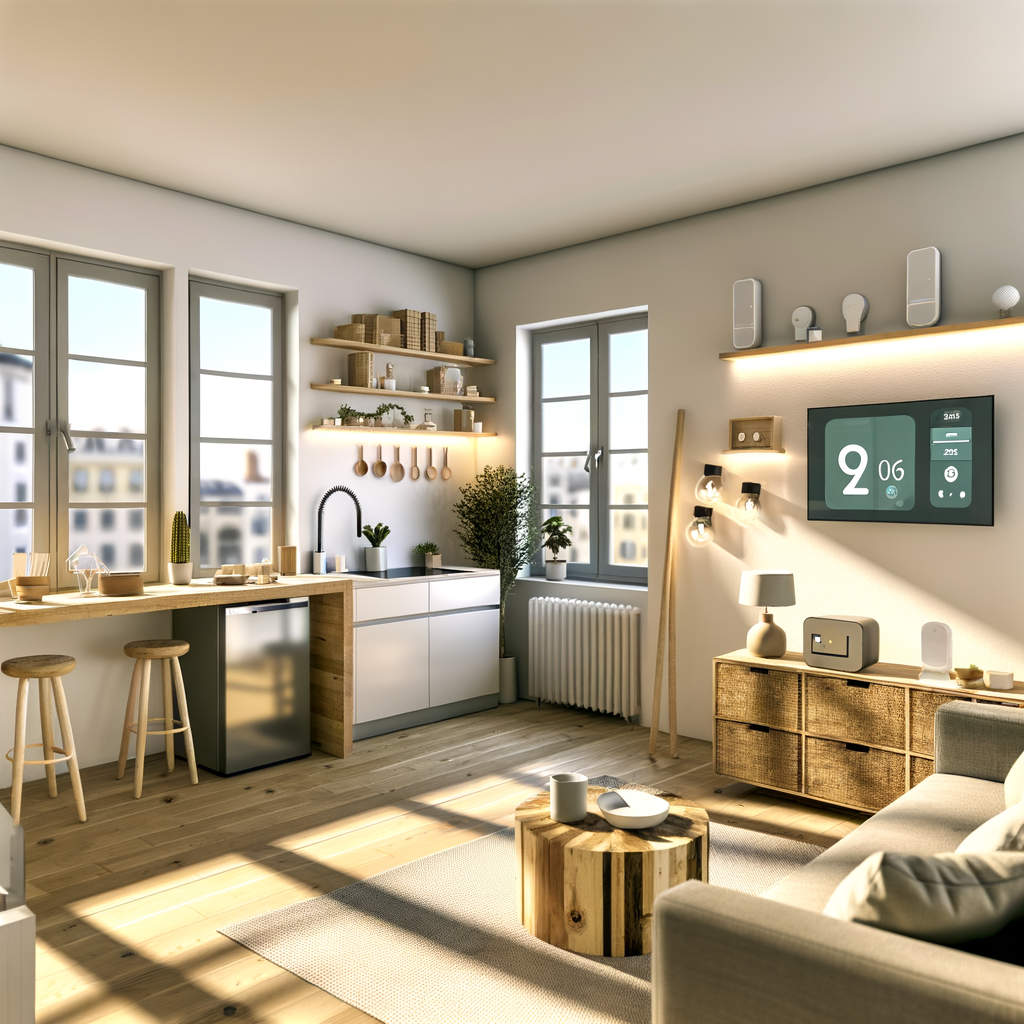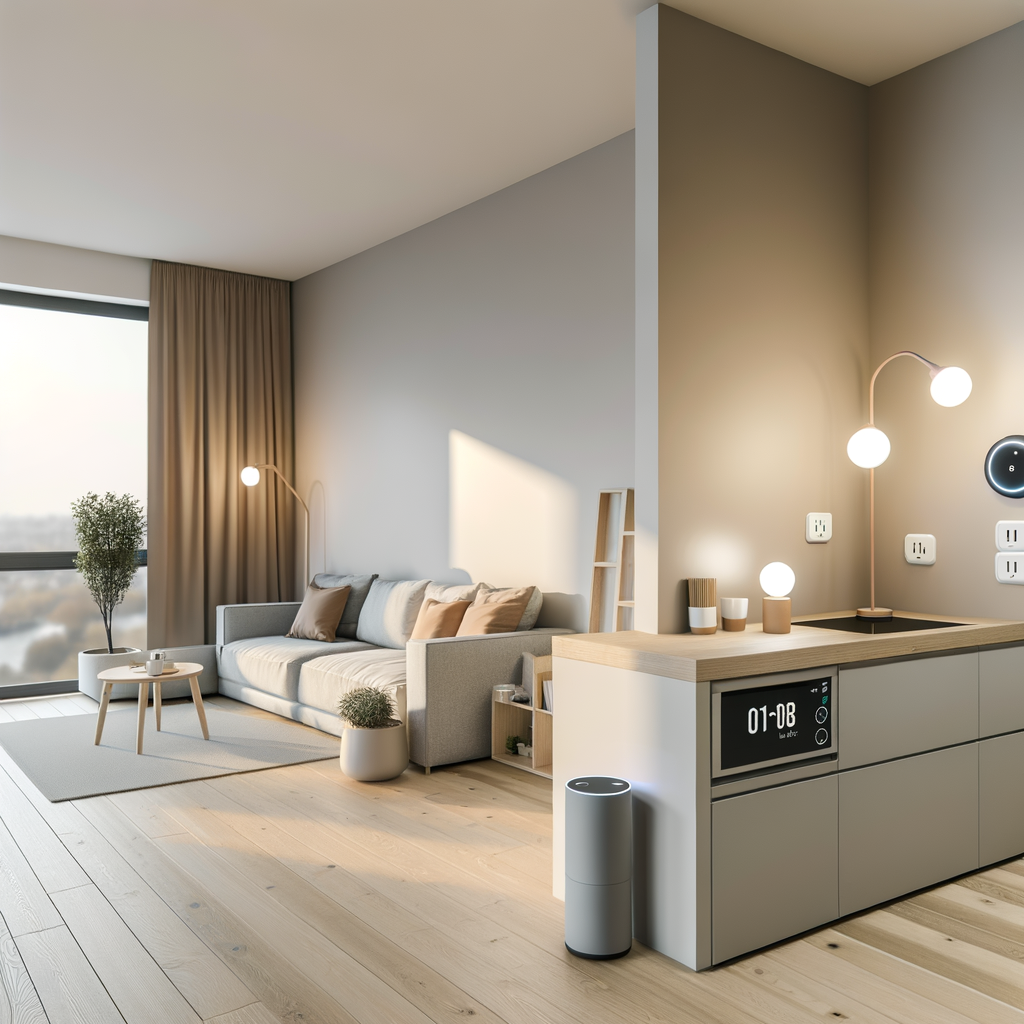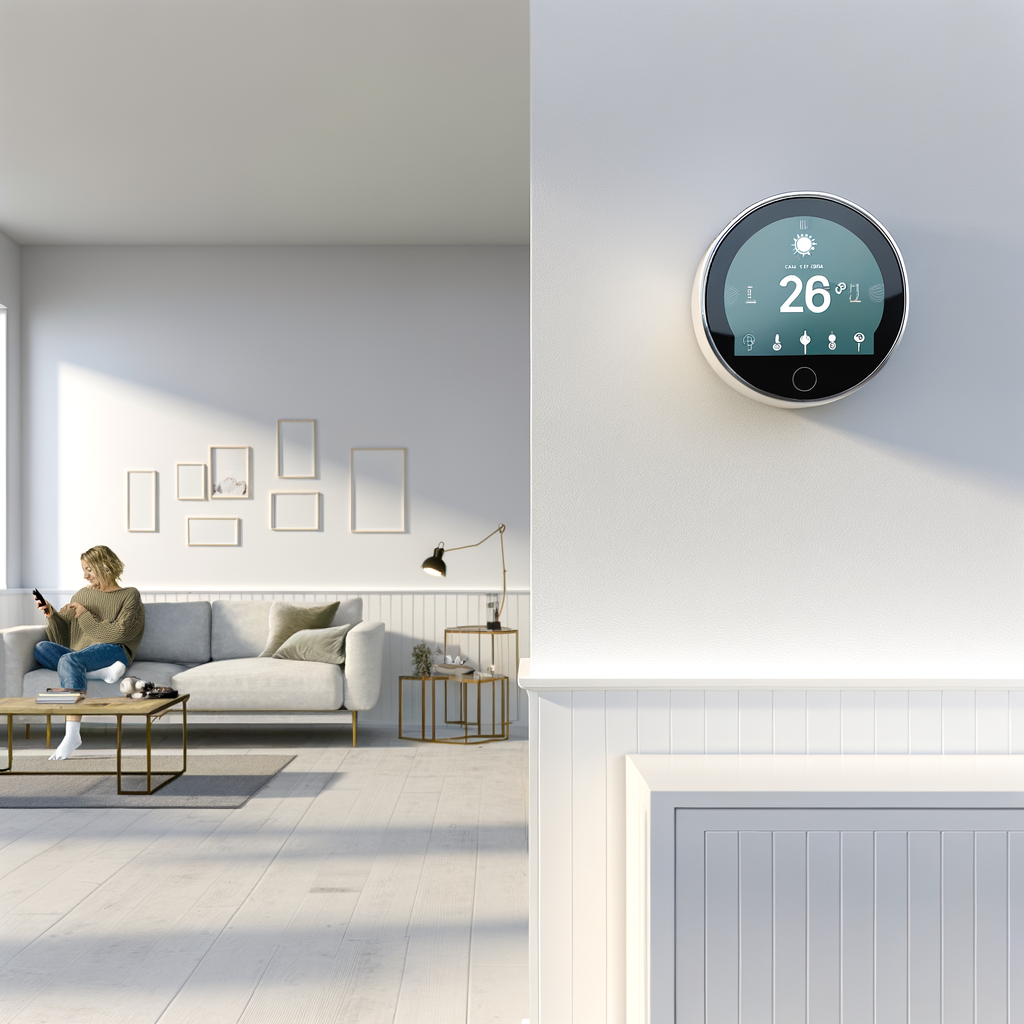How to Build a Smart, Energy-Efficient Apartment on a Budget: A Beginner Renter’s Guide
Smart home technology isn’t just for homeowners. As a renter, you, too, can enjoy the comfort, savings, and eco-friendly perks of a modern, connected apartment—without breaking the bank or losing your security deposit. This comprehensive guide will walk you through budget-friendly steps and smart solutions for making your rental energy-efficient and tech-enabled. Let’s get your apartment saving energy, money, and the planet, one smart device at a time.
Why Choose a Smart, Energy-Efficient Apartment?
Before you start up your smart home project, it’s important to know why this matters. Here’s what you stand to gain:
- Lower utility bills from reduced energy and water usage
- Less environmental impact thanks to lower consumption and emissions
- More comfort and convenience with automation and remote controls
- Increased home security and peace of mind
- Portable upgrades that you can take with you to your next home
Step 1: Assess Your Apartment’s Energy Use
Your transformation journey should start with understanding where you can make the most impact. Most rental apartments waste energy in the following ways:
- Poor insulation and drafty windows
- Inefficient lighting (incandescent bulbs, old fixtures)
- Old or basic thermostats
- Always-on electronics and chargers
- Outdated showerheads and faucets
Look around your space and make a note of these common “energy vampires.” Knowing what needs fixing is a crucial first step.
Step 2: Set Your Budget & Smart Home Goals
You don’t need to spend thousands to make a real difference. In fact, with $100–$400, you can knock out the most critical upgrades for a typical 1-bedroom apartment. Set your budget before shopping, and prioritize:
- Improvements that save the most energy for the lowest upfront cost
- Devices that are portable, renter-friendly, and easy to install without drilling or rewiring
- Smart home products that are compatible with each other
Budget-Friendly Tip
Many electric utilities offer free or subsidized energy efficiency kits. Check if your utility provides free LED bulbs, smart thermostats, or smart plugs for renters.
Step 3: Lighting Upgrades for Immediate Savings
Lighting can make up to 15% of your energy bill. The good news? Upgrading old bulbs and fixtures is cheap, quick, and totally under your control as a renter.
- Replace incandescent bulbs with LEDs: Use ENERGY STAR LEDs—they use 75% less energy and last 15–25 years.
- Install smart bulbs: Wi-Fi or Bluetooth smart bulbs (like Philips Hue or Wyze) let you automate on/off times, set dimmers, and control lights from your phone or voice assistant.
- Add motion sensors: Use stick-on motion sensors for closets, hallways, or bathrooms—lights turn off automatically to prevent waste.
These upgrades don’t require landlord approval, leave no marks, and pay for themselves quickly through lower bills.
Step 4: Smart Plugs & Power Strips—Energy Vampires, Begone
“Always-on” electronics (like TVs, coffee makers, and chargers) use energy even when not in use. Smart plugs and strips are renter-friendly ways to fight back.
- Plug-and-play: Simply connect lamps, fans, or devices to a Wi-Fi smart plug. Set schedules to turn them off automatically.
- Remote control: Turn appliances on or off from anywhere using your smartphone or voice assistant.
- Energy monitoring: Some smart plugs show real-time energy usage—spotting the biggest wasters is easy.
- Surge protection: Look for advanced strips with surge protection for sensitive electronics.
Budget Picks
Wyze, Kasa, and TP-Link offer basic smart plugs starting around $10-15 each—no hub required.
Step 5: Smart Thermostats for Maximum Comfort (and Control)
If your apartment has a programmable thermostat you can swap (with landlord approval), a smart thermostat upgrade is one of the best energy-saving moves you can make. Even if not, smart radiator valves and portable AC controllers offer similar benefits.
- Learning thermostats: Top brands like Nest and ecobee “learn” your schedule for maximum efficiency.
- Remote control: Adjust temperature from your phone—no more heating or cooling an empty apartment.
- Easy-install: Many only require a screwdriver and Wi-Fi connection.
- Portable solutions: Renters with window ACs can use smart AC controllers (like Sensibo) for app/voice control.
Always check with your landlord or property manager, and keep the original thermostat to reinstall when you move.
Step 6: Water-Saving Smart Devices
Water conservation is often overlooked, but savings can add up fast—especially if you pay for water or care about sustainability.
- Low-flow showerheads: Modern models (like the Nebia by Moen) use up to 50% less water with no loss of pressure. Installation takes minutes and can be reversed easily.
- Faucet aerators: Swap in efficient aerators to cut water use in kitchens and bathrooms.
- Smart leak detectors: Place battery-powered sensors near sinks, toilets, or your washing machine. You’ll get alerts on your phone if a leak is detected—no more surprise water damage in your security deposit!
Step 7: Insulation & Draft Control (No Damage Needed)
Drafty windows and doors are common in rentals—but you don’t need to install new windows to stop the leaks. Try these removable, landlord-approved hacks:
- Weatherstripping: Removable foam or rubber strips seal off gaps in windows and doors.
- Draft stoppers: Cute fabric “snakes” or double-sided draft blockers block air leaks under doors.
- Thermal curtains: Blackout/thermal drapes cut summer heat and winter cold, reducing heating and cooling bills.
- Shrink film kits: Apply plastic film to windows with a hairdryer for a temporary, invisible barrier against cold.
All can be removed when your lease ends—just keep your receipts and packaging!
Step 8: Smart Security, Comfort, and Convenience Devices
Smart Speakers and Hubs
Start your smart apartment ecosystem with a voice assistant, like Amazon Echo or Google Nest Mini. These let you control many devices hands-free, set routines (like “Goodnight” or “I’m Home”), and play music or news.
Smart Locks (If Allowed)
Some landlords allow you to install smart locks or keypads for added security and easier entry. If not, portable keypad locks (for interior doors and bedrooms) are an option.
Air Quality Monitors
Small, battery-powered indoor air quality sensors detect VOCs (chemicals), carbon monoxide, temperature, and humidity. These help you keep your apartment healthy—especially if you can’t control your building’s ventilation.
Step 9: Automations and Remote Control for Maximum Efficiency
Once you have smart plugs, bulbs, and thermostats set up, combine them for powerful automations:
- “Away” routine: Lights and appliances turn off, thermostat sets to eco mode
- “Morning” routine: Lights slowly brighten, coffee maker turns on via a smart plug
- “Movie Night” scene: Lights dim, TV and soundbar switch to the right input
You control it all from an app, voice command, or even automatically using your phone’s location. No need for expensive “hub” systems—most apps now work together, or you can use IFTTT for simple integrations.
Step 10: Take Your Upgrades With You
One of the best parts of a smart, efficient renter’s apartment is portability. All the devices mentioned above are




